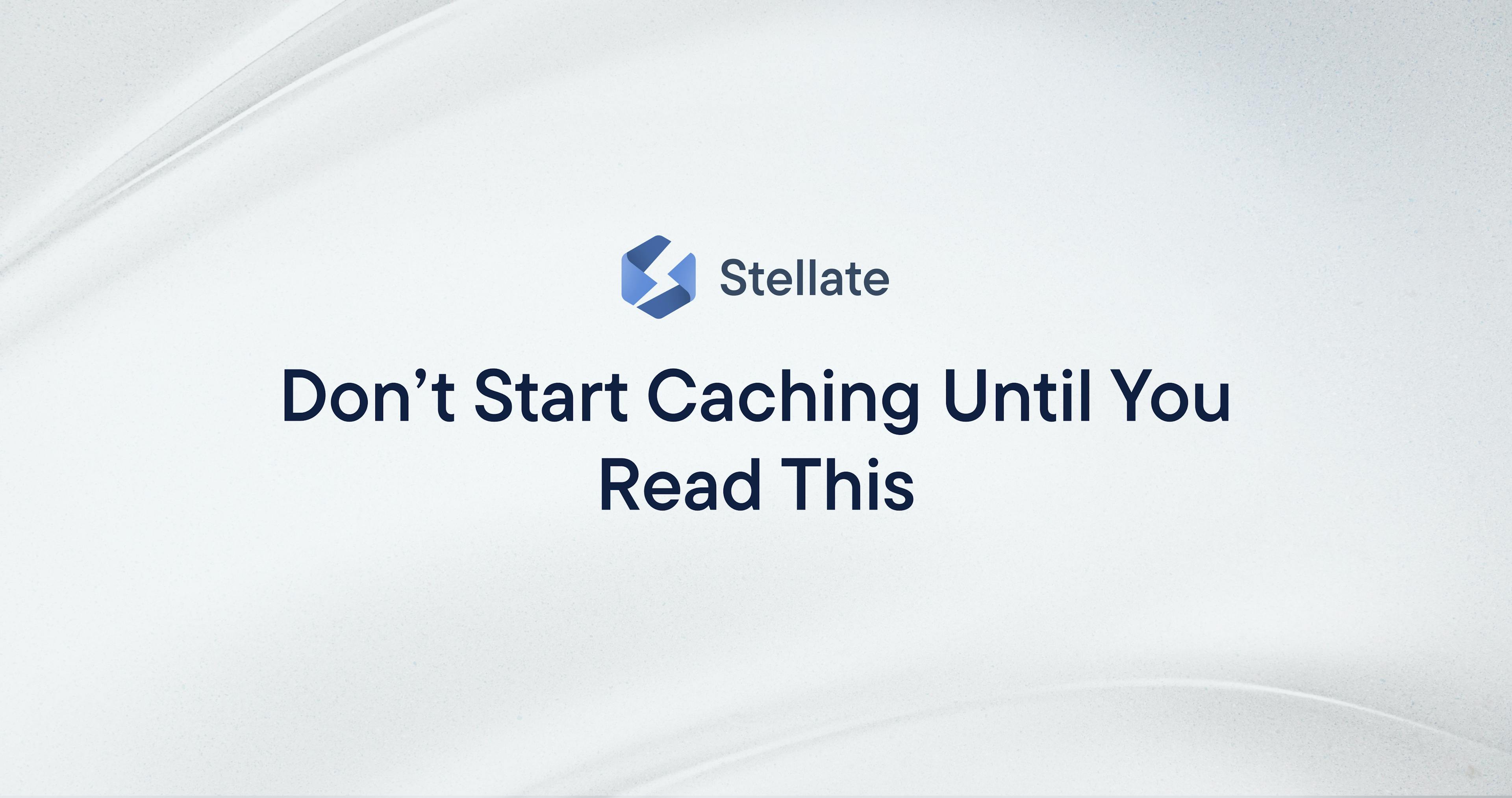
Caching can be a great way to improve performance, reduce load on your servers, and handle traffic spikes. However, it's essential to recognize that caching does not work for every use case. In this article, we will explore several scenarios where caching may not be the optimal approach.
User data
In cases where data is specific to individual users, such as personal finance apps or user-specific shopping carts, caching may not provide significant benefits. Since the data is unique to each user, the cache hit rate would be low, limiting the effectiveness of caching.
Wide data distribution
When data is accessed in a distributed manner, with users looking at different subsets of the data, caching may not yield high cache hit rates. For example, if a large number of products are available, but each user only views a single product, your cache hit rate would be zero since no content is accessed repeatedly.
Frequent updates
Data that undergoes frequent updates, such as observability data or real-time stock market updates, presents challenges for caching. The constant need for cache invalidation and updates to reflect the latest information can diminish the benefits of caching.
Sensitive data
Caching sensitive data, such as healthcare records or credit card information, introduces additional security and compliance risks. Storing and caching such data requires stringent measures to ensure privacy and regulatory compliance.
High cardinality data
High cardinality data, characterized by a large number of distinct values or unique combinations, poses challenges for caching. In scenarios like search engines or recommendation systems, where there are millions of possible combinations, cache hit rates can be low.
A/B testing
Indeterministic data, particularly in AB testing scenarios, makes caching complex. Correlating data variations with specific AB tests becomes challenging, resulting in lower cache hit rates.
Conclusion
While caching is a powerful technique for improving data access and performance, it's crucial to recognize its limitations and consider alternative strategies when appropriate. By understanding the characteristics of the data, access patterns, and specific requirements of the application, we can make informed decisions on whether caching is the right approach or if alternative strategies should be employed.